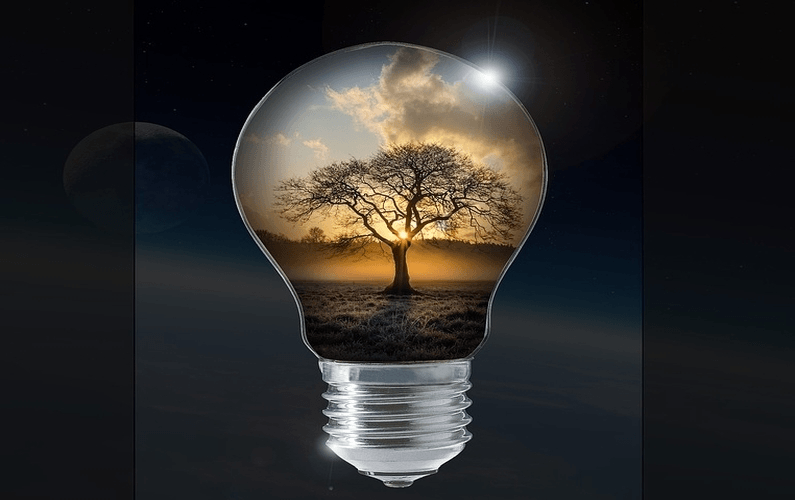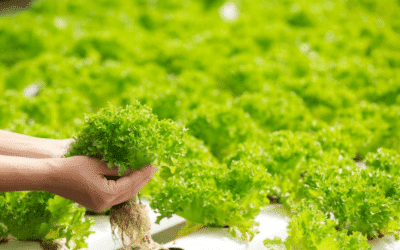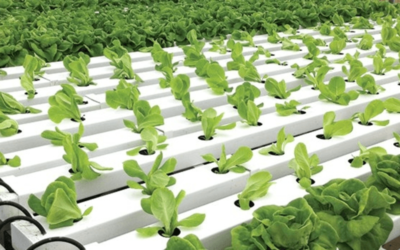If you are considering a greener home then a good place to start is by cutting down on your electricity consumption. Using less gas and electricity benefits the environment by helping to reduce harmful levels of CO2 produced and it also helps you cut down the costs of your utility bills.
The first step is to investigate and document your current electricity consumption levels. This helps you set goals and make comparisons once you have implemented certain measures to cut down on your consumption. Once done, there are various steps towards achieving an energy saving, greener home.
Here are some eco friendly living ideas to consider when staying in a conventional home. Some ideas that follow, though harsh, do indeed save electricity in your home. Explore Live Green Smart Home eco friendly living ideas for further eco awareness.
Turn down the temperature of your geyser
Turning down the temperature of your geyser to 60oC force it to use much less electricity. Take note however that dropping the temperature below 60oC is a health risk as it encourages the growth of harmful bacteria.
The first step of this DIY exercise is to turn off the electricity circuit at the mains. As a safety measure, let all occupants in your home know that you are doing this. The next step is to locate the thermostat. You would most likely find it in a cover that is situated over the geyser’s electrical element. Once located, open the cover then use a screw driver to turn down the temperature of the thermostat. If you are still unsure, then it’s probably best to get your local plumber to do the job for you.
Avoid using additional heating or cooling systems in your home
Avoid using central heating systems in winter and air-conditioning systems in summer, as they chew up a lot of electricity and avoid under-floor heating as well. Consider installing carpets or wooden/laminate flooring instead of tiles to help with insulation.
Only heat up or cool down the rooms that are occupied with localised equipment. Oil and fan heaters are ideal if they have thermostats and it’s also better to use a fan in summer than an air-conditioning system. Always ensure that the variation in rooms versus outside temperature is no more than 10oCs (Celsius).
An eco friendly living idea to keep in mind is Hydronics Radiant Heating and Cooling for a newly built green smart home.
Control the temperature of your home without electricity
Ideally you should avoid using any heating or cooling appliances altogether if you want a greener smart home. It’s not as difficult as you think. In winter you simply wear a few more layers of clothing, use more blankets and ensure windows and doors are properly insulated to prevent draughts. In summer, open windows and doors and create shaded areas outside with awnings and umbrellas, and spend more time outdoors. Tests have have shown that it is as much as 20oC cooler under an awning.
Retractable awnings allow you to monitor the temperature of your home by managing the amount of sun entering through windows and glass doors.
Switch off!
Switch off lights in unoccupied rooms and if you are not using appliances, then switch them off at the wall plug. Did you know that by leaving them on standby easily results in up to 20% more electricity usage? This includes TVs, computers, chargers, music systems, etc. Consider using power strips as well. It is much easier to remember to turn off your appliances if they are all plugged into the same area.
You also save electricity by turning off your geyser if you are away from home for a long period of time.
Manage your fridge and freezer efficiently
By defrosting your fridge and freezer on a regular basis they run more efficiently. If this sounds like too much work, then consider investing in appliances that self-defrost. The more items in your fridge and freezer, the better the insulation. So keep them stocked, as this lessens the amount of time needed for cooling.
Make sure the door seals on these appliances are in good condition and make sure they aren’t placed near the oven. Also avoid placing hot food in the fridge or freezer; rather allow it to cool down first.
Cook more efficiently
When cooking in an oven, keep its door closed. Opening the oven door unnecessarily causes heat loss, which subsequently results in the oven using more electricity to maintain the predetermined cooking temperature. Also don’t use the oven on a regular basis. Use the microwave instead as it cooks quicker. It is a much better energy saving option, which makes it an ideal choice for a greener home.
When cooking on the hob, don’t use pots that are too large. Use a lid to help retain the heat, which in turn reduces cooking time. Investing in a stacked steamer is a great way to save on electricity as it allows you to cook a full meal, while only using the power of one hob. Also consider cutting food into smaller pieces as this reduces cooking time.
Cut down on hot water
Consider showering instead of bathing, as it uses less water. Limit the time you spend in the shower as well, otherwise you are defeating the object of this exercise.
When making tea or coffee, don’t overfill the kettle. The more water there is in the kettle, the longer it take to boil, so only fill it with the amount of water you need.
When washing dishes, rather fill the sink with water and wash all the dishes in one go. You waste hot water if you only wash a few dishes at a time. If you have a dishwasher, then ensure that it is full before you switch it on. Select the economy wash setting if it is available. Otherwise see which option washes in the shortest time.
Washing machines use a lot of electricity to heat the water, so it’s advisable that you choose a washing machine that gives you a cold water wash option as well.
Manage your pool pump’s operating hours
If you have a pool then it’s a good idea to reduce your pool pump’s operating hours to its minimum. It doesn’t have to run all day, even turn it off completely at certain times in winter. Having a greener home, doesn’t necessarily mean you have to have a pool layered with leaves! Using a pool cover is a great way to keep your pool clean. Cleaning the filters on a regular basis reduces the need to have the pool pump running consistently.
The energy savings options mentioned above are performed at no cost. There are however some low cost options to consider as well:
Use a more efficient shower head
Ideally your shower flow rate shouldn’t be more than 10 litres per minute. Test this by holding a bucket under the showerhead for about 12 seconds. Once done, use a measuring jug to determine the amount of water that has accumulated in the bucket. If this amount adds up to two litres or more, then you need to replace your showerhead. Modern showerheads are designed to support the greener home concept by helping to save water and electricity. Best of all, they don’t compromise your shower experience. If you aren’t sure which showerhead to purchase, simply chat to a bathroom specialist at your local home improvement store.
Insulate your geyser
Heat retention is maximised when installing a geyser ‘blanket’. Before doing so, check to see how much heat loss there is by simply placing your hand on the geyser. If it is warm, then it is definitely losing heat so insulation is an option. This is especially common in older geysers. More modern geysers are generally designed to support today’s greener homes.
Insulate the geyser yourself. Simply check the internet for guidelines. Otherwise if DIY is not your thing, then find a professional to do it. This process isn’t entirely foolproof however, so it may be a good idea to check the insulation a few days or weeks after installation to ensure that it is still in place. For extra insulation, considering insulating the first three metres of the water pipes that lead from the geyser as well.
Insulate other areas of your home
Good ceiling insulation is known to keep homes 10oC cooler in summer and 5 degrees warmer in winter, while enabling electricity savings of about 25%. This negates the need for electrical heating and cooling systems that chew up electricity.
Consider insulating other parts of your house as well to prevent heat from escaping in winter and entering your home in summer. Examples are lofts; cavity and solid wall insulation; doors and windows as well as under-floor insulation.
Replace old light bulbs with more energy efficient options
You are less likely to find old incandescent bulbs in a green home. Compact Fluorescent Lamps (CFLs) are more energy efficient as they not only use 75% less power, they also last much longer. Be cautious when handling these bulbs though, as they do contain harmful substances. There are certain measures you need to take if they are accidentally dropped. Avoid throwing them in your household trash as well for the same reason. Some retailers have special bins to dispose of them safely. Find more information on the internet in this regard.
If you want to take your energy efficient lighting a step further, then consider Light-emitting diode bulbs (LEDs). They use even less power than CFLs and last 130 times longer as well.
Consider installing a solar water heater
A solar water heater is probably one of the biggest energy savers and therefore one of the first investments to make when aiming for a greener home. Once installed, you generally save about two thirds of your water heating cost if done correctly. To achieve the best possible saving, ensure your solar water heater has a timer.
You would save considerably by installing a heat pump as an alternative option to a solar water heater. This is a new technology for homes. Green homes in the near future would probably have them installed.
Remember it’s not only about investing in more energy saving equipment. You also would change some of your habits in return for a much more energy efficient, greener home. Be sure to measure and monitor your home electricity consumption and costs on a regular basis to see if and where you are able to cut down even more. If you have other people living or working in your home, then educate them accordingly to ensure they also contribute to your energy saving, green home environment.








